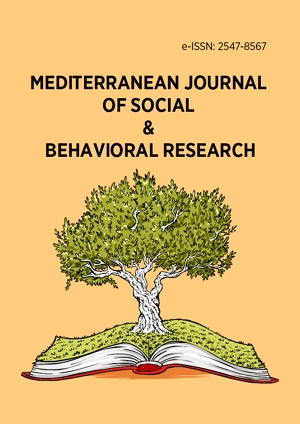Abstract
This is a report of a study which evaluated the direct feedback intervention to improve Grade 1 ESL pupils in a Malaysian primary school context. Although direct feedback is well-known in the North American continent, in the Malaysian context this instructional approach is largely unknown. Further some research works in this area suggest that that reading comprehension strategy instruction is not carried out in the majority of reading classrooms. We used a quasi-experimental approach with nonequivalent control group design to collect the causal connections between intervention and outcomes. For the purpose of this study, an independent-samples t-test was conducted to compare reading performance of Grade 1 Malaysian ESL students with direct feedback and no direct feedback. Unpaired ttest was carried out for direct feedback (N=40, Mean=67.65 and SD=5.45) and control group (N=35, Mean=50.37, SD=2.98) conditions with t = 16.69 (df=73, and standard error of difference=1.035) and the two-tailed P-value was less than 0.0001 and by conventional criteria suggested a very high practical significance. The effect size for the post-test intervention revealed that really large (Ellis, 2009) Cohen’s d effect size of (3.93) and Hedges’ g of (3.82) for contravening variables were found. In an ESL Malaysian context, the direct feedback to improve Grade 1 ESL pupils may have some advantages in improving the English reading performance. However, the benefits to the students of this study is still to be determined, and further exploration is needed with welldesigned research and a universal method of outcome measurements.
License
This is an open access article distributed under the Creative Commons Attribution License which permits unrestricted use, distribution, and reproduction in any medium, provided the original work is properly cited.
Article Type: Research Article
MEDITERR J SOC BEH RES, Volume 1, Issue 1, July 2017, 44-61
Publication date: 01 Jul 2017
Article Views: 1906
Article Downloads: 1009
Open Access References How to cite this article
 Full Text (PDF)
Full Text (PDF)